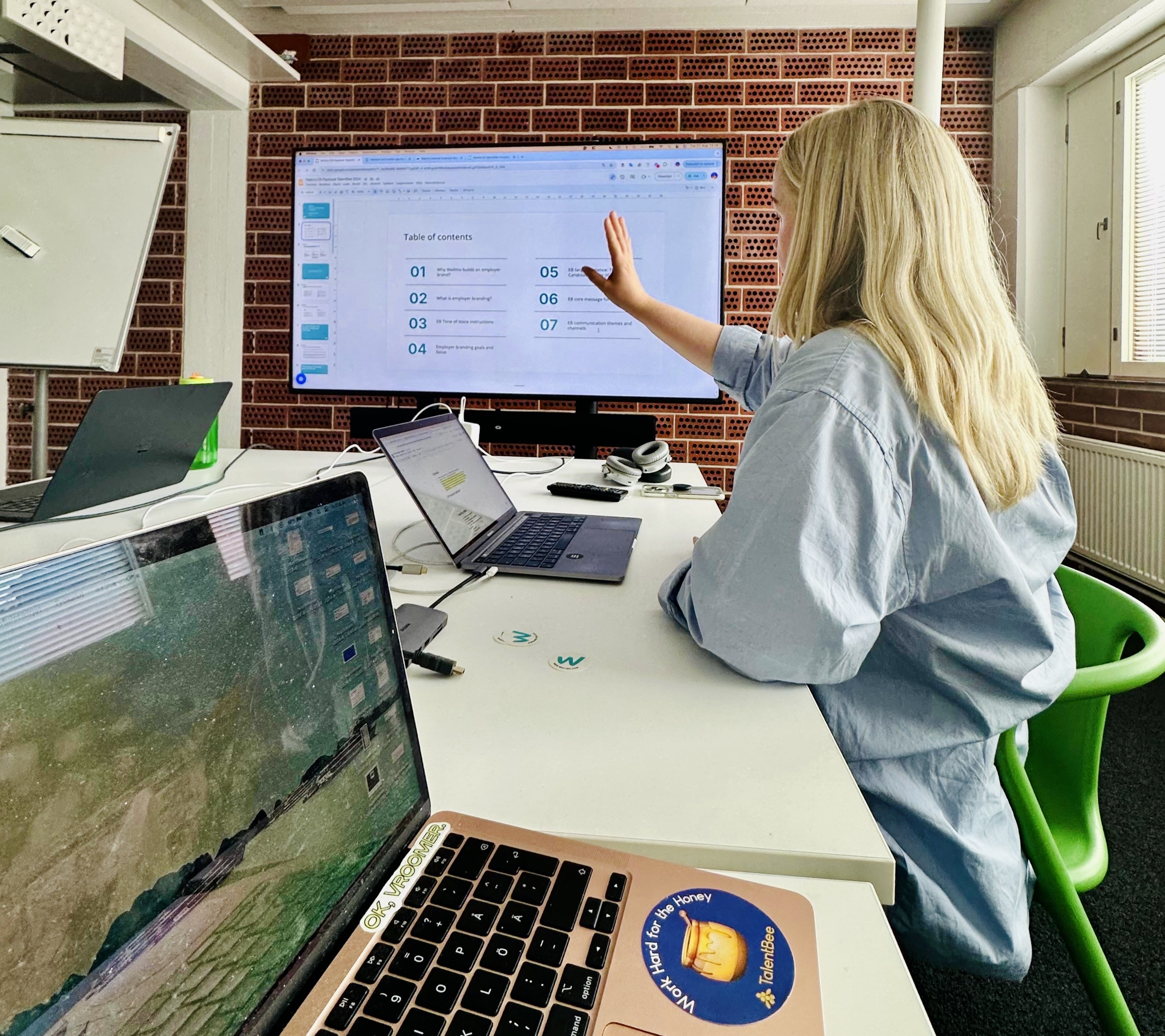#TalentBuzz Episode Summary with Tatjana Obenaus from Miro
Introduction and Company Background
- Guest: Tatjana Obenaus, Head of Global Employer Brand at Miro.
- Company Overview: Miro experienced rapid growth, expanding from 200 to 1,800 employees in three years, with 12 hubs worldwide.
- Employer Branding Challenge: Building an employer brand from scratch during hyper-growth, transitioning from event-focused to a more comprehensive approach.
Employer Branding Strategy and Management Buy-In
- Initial Focus: Addressing hyper-growth hiring needs.
- Shift in Strategy: Due to economic changes, focus moved internally, ensuring Miro stays competitive in the talent market.
- Securing Resources: Developed a two-year plan aligning with business goals to secure management buy-in and investment.
- Approach for Smaller Companies: For a 100-employee company, hiring a skilled marketer with strong brand management background is recommended for the employer branding role.
Building and Implementing Employer Branding Strategy
- Understanding Company and Goals: Engaged with stakeholders and leaders to align employer branding with business objectives.
- Research and Analysis: Examined Miro's brand in the market, competitor analysis, and internal brand perception (using tools like Glassdoor).
- Mapping Candidate Journey: Focused on optimizing the conversion funnel - from awareness to application.
- Prioritization: Emphasized fixing conversion points and building interest before focusing on broader awareness.
- Measurement Framework: Developed detailed metrics for each initiative for short-term impact assessment, alongside long-term goals like external brand awareness.
Team Structure and Resources
- Team Composition: A dedicated employer brand team within recruitment, with specialists in content, brand management, and events.
- Collaboration: Worked closely with brand and marketing teams, internal comms, L&D, and D&I functions.
- Utilizing External Resources: Engaged agencies for strategic projects and content production.
Adapting to Organizational Changes
- Cultural Change: As Miro matured post-hyper-growth, employer branding efforts included internal focus to support culture re-identification and engage employees.
- Flexibility: Adapted employer branding to serve current business needs, balancing internal and external focuses.
Concluding Thoughts
- Importance of Employer Branding: Critical for attracting the right talent and retaining employees.
- Advice for Founders: Employer branding should solve real business problems and be data-driven for effective results.
- Episode Wrap-up: The podcast aimed to provide insights into SAS talent acquisition and employer branding strategies.









